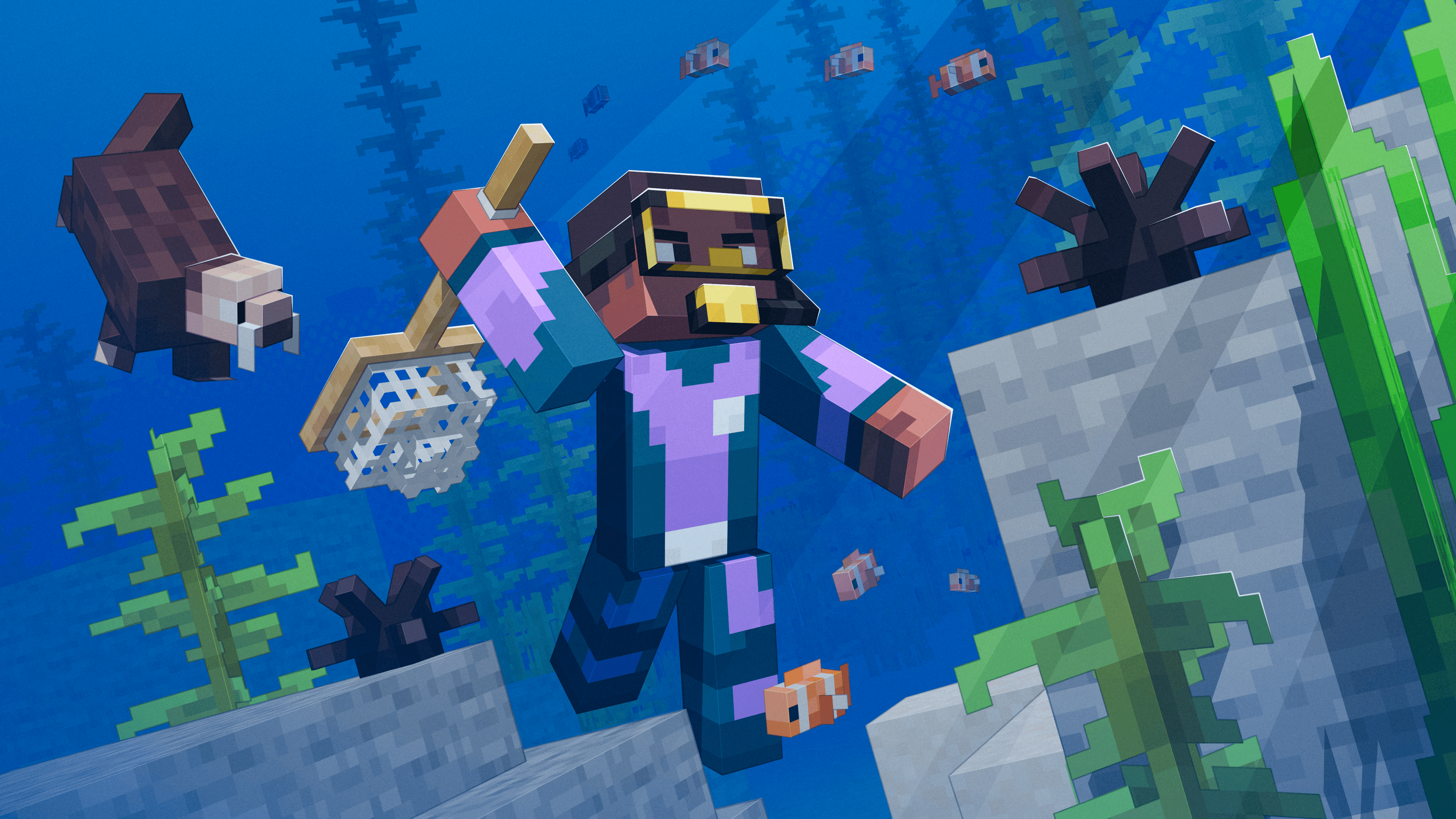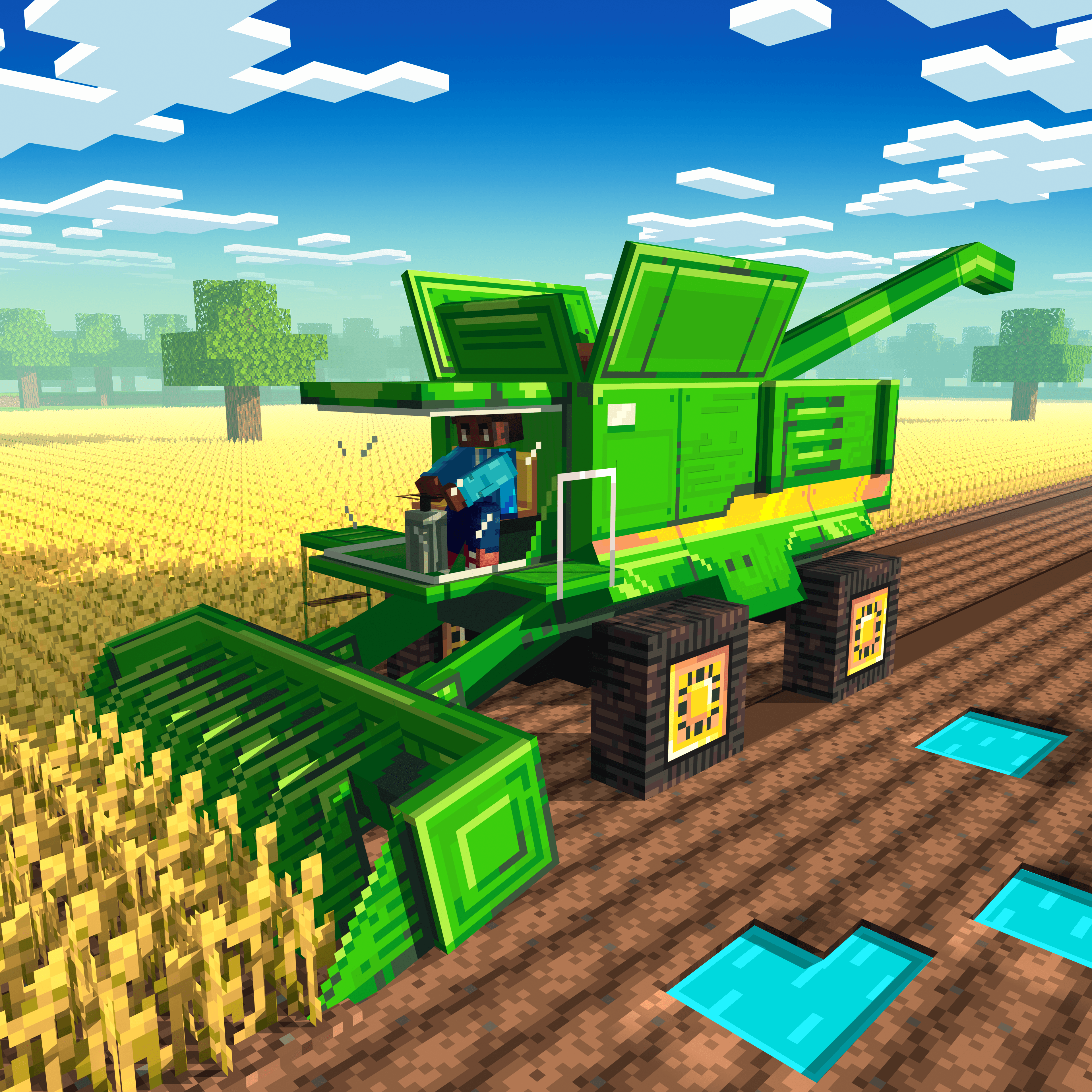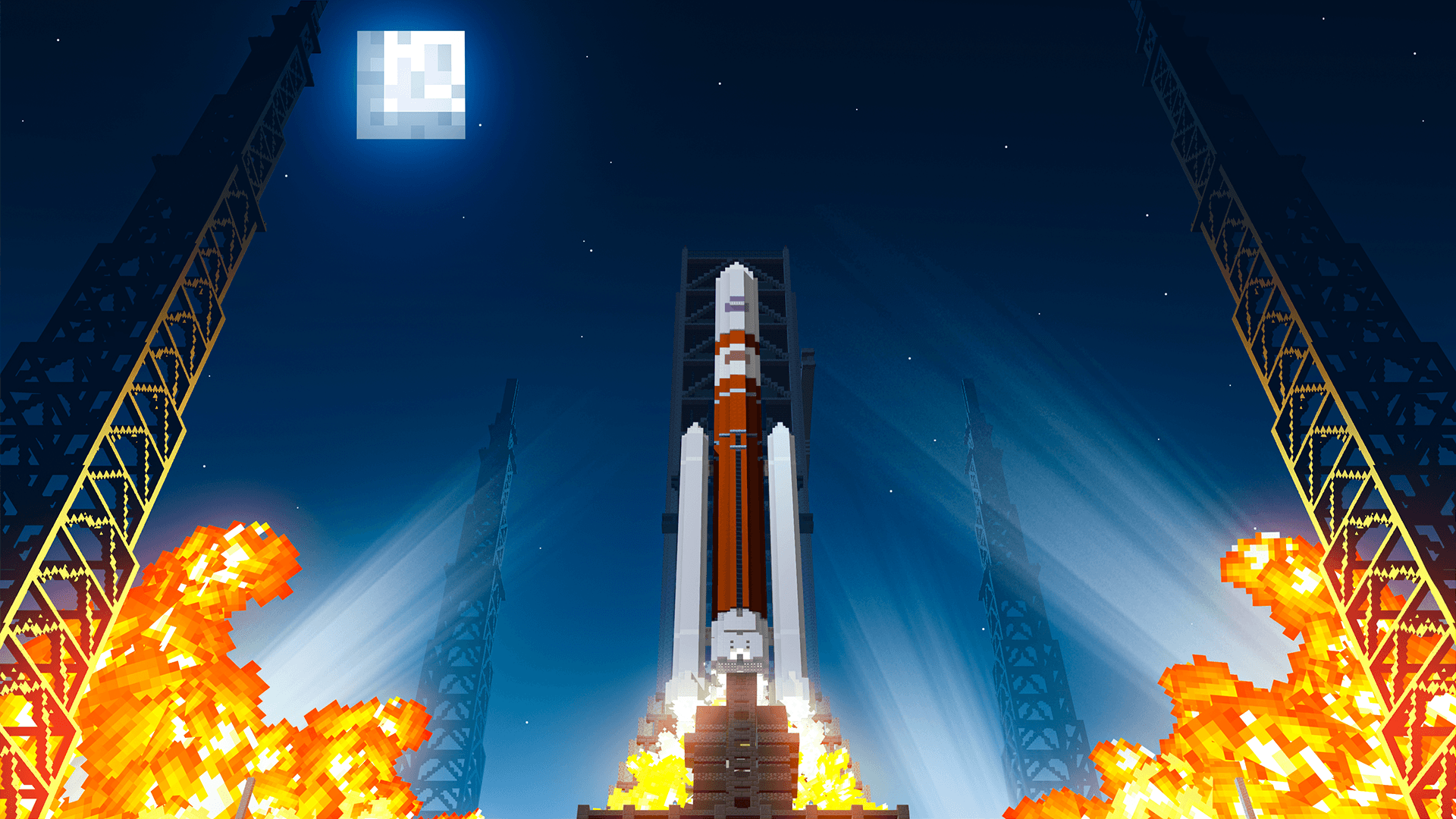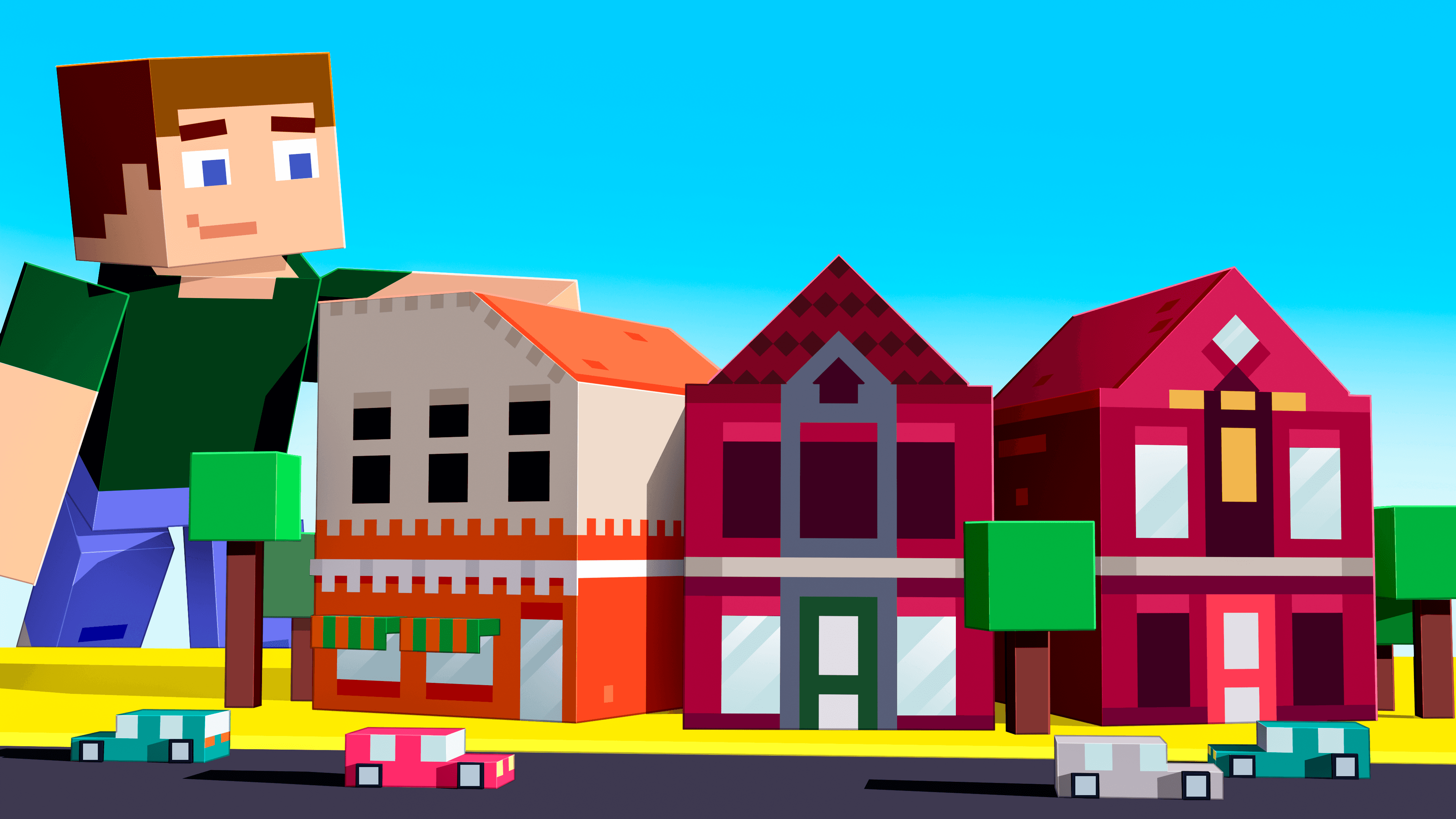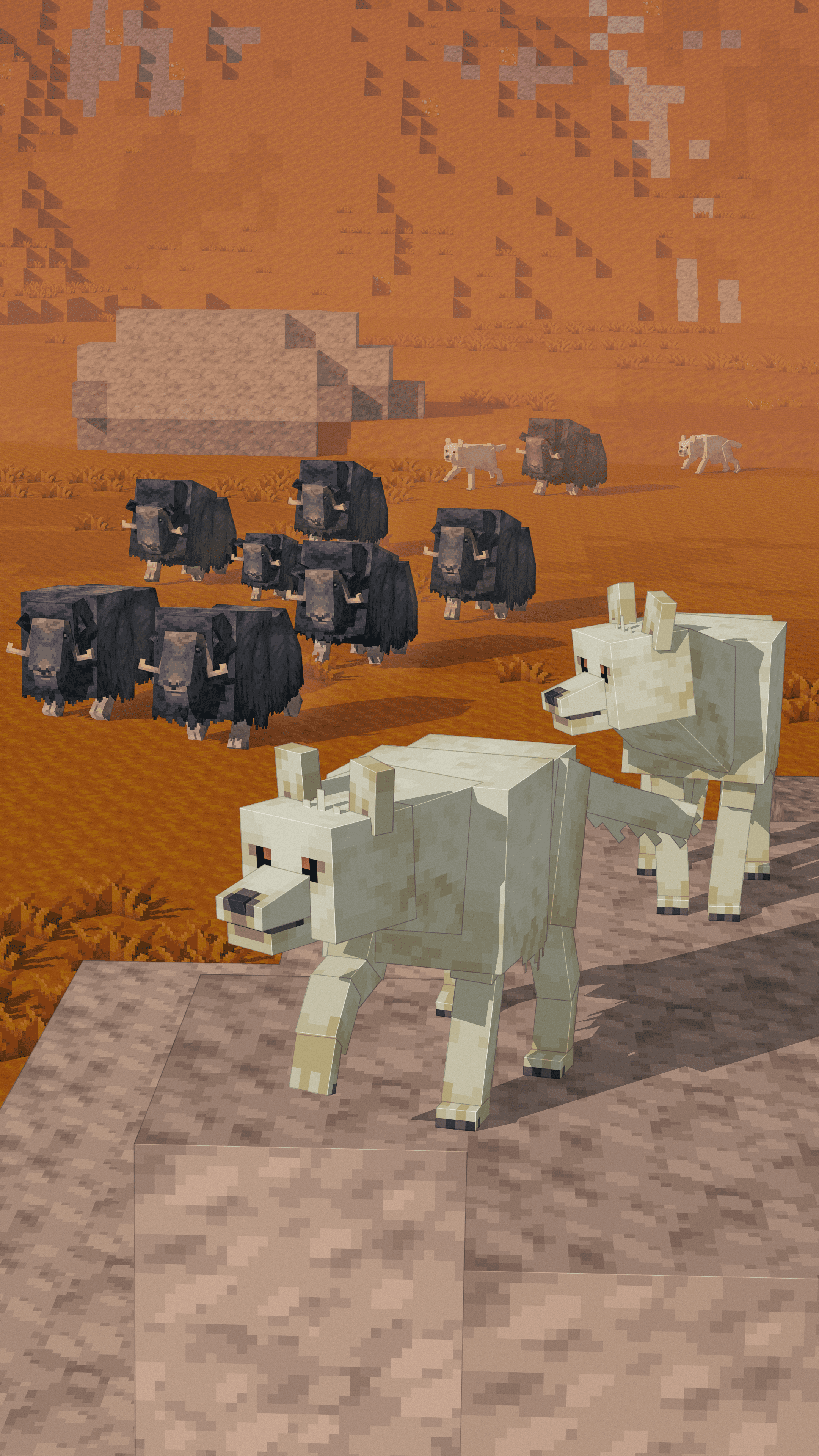Nov 4, 2025
3 min. read
If you’ve ever watched children play Minecraft, you’ve seen how easily they lose themselves in the world. They build, explore, and experiment for hours, learning through curiosity and imagination. What many people don’t realize is that this same energy can be directed toward education.
Minecraft Education is a version of the game created by Microsoft to help students learn by doing. It’s used in schools all over the world, turning lessons in science, math, and history into meaningful adventures. At Shapescape, we’ve seen how powerful this can be. Through our work as a Minecraft Partner, we’ve helped millions of students engage with complex ideas by exploring playful, story-driven worlds.
This blog post looks at what Minecraft Education is, why it works so well, and how it’s helping children everywhere fall in love with learning again.
What Is Minecraft Education?
Minecraft Education (formerly Minecraft: Education Edition) is built on the same foundation as the original game, but it’s designed specifically for learning. It gives teachers and students a safe, structured environment where creativity and curiosity drive the lesson.
While it feels familiar to players, it comes with tools and features that make it ideal for classrooms:
Safe logins: Students use school accounts connected to Microsoft 365, creating a secure learning space.
Teacher tools: Educators can manage the world, teleport students, or pause the game for discussions.
Built-in lessons: A library of curriculum-aligned lessons covers everything from chemistry to literature.
Documentation tools: Students can take photos of their work and record their learning process in portfolios.
Accessibility features: The Immersive Reader supports students who need help reading in-game text.
In short, it’s the same creative playground millions already love, reimagined as a space where learning happens.
Why Minecraft Education Works
Minecraft Education doesn’t ask students to sit still and memorize. It asks them to think, build, and solve. That’s why it works.
It’s active. Students learn by experimenting and seeing the results of their actions. When they program some simple code, they understand through doing, not just listening.
It’s creative. Every student can express understanding in their own way. One might design an energy-efficient city, another a 3D model of a cell. There’s no single “right” way to learn in Minecraft.
It’s collaborative. Teamwork is built into the experience. Students communicate, divide tasks, and combine ideas. They develop soft skills like leadership, empathy, and negotiation without a formal lesson on any of them.
It builds real-world skills. Whether it’s coding logic, environmental awareness, or digital citizenship, the skills learned here extend far beyond the screen.
At its best, Minecraft Education transforms a classroom into a creative studio where mistakes become lessons and curiosity drives everything forward.
Bringing Minecraft Education Into the Classroom
For teachers, Minecraft Education offers a way to turn standard lessons into digital experiences. It gives educators a set of practical tools while maintaining the sense of discovery that makes Minecraft so engaging.
Using Classroom Mode, teachers can track where students are, give items, or pause the world for reflection. It’s structured enough to stay on track but open enough to let students explore. For teachers who would like even more tools, Shapescape has developed Educator Tools, a free Add-On that brings additional ways for educators to manage their lessons.
Even teachers who aren’t tech-savvy find it approachable. The lesson library includes thousands of ready-to-use lessons, and the global Minecraft Education community shares ideas, resources, and support every day.
Examples in Action
Math: Students calculate volume by building geometric shapes or learn symmetry by designing patterns.
History: Classes reconstruct ancient cities, stepping inside the stories they study.
Science: Students explore biomes, test virtual chemical reactions, or simulate weather systems.
Citizenship: Multiplayer projects teach respect, teamwork, and responsible communication.
These lessons bring theory to life. Students aren’t just hearing about concepts; they’re building them.
What Students Learn Through Minecraft Education
One of the reasons teachers love Minecraft Education is its flexibility. The platform supports almost any subject, age group, or learning style.
STEM and Coding
With the built-in Code Builder, students can learn the basics of programming through visual block coding or even move into languages like Python. They see instant results as their code changes the world around them, helping them grasp loops, variables, and logic in a hands-on way.
Science and the Environment
Minecraft Education lets students explore topics like sustainability, ecosystems, and renewable energy. In Shapescape’s Planet Earth III world, created with BBC Studios, players discover how different habitats connect and how human actions affect the planet.
Mathematics
Math becomes visual. Concepts like fractions, area, and ratios are easier to understand when students build and measure them directly.
History and Culture
Students can recreate historical monuments or role-play life in ancient civilizations, deepening their understanding through context and perspective.
Art and Storytelling
Minecraft is also a storytelling tool. Students design spaces that express ideas, write scripts for guided tours, or build scenes from books. It connects creative writing with visual thinking.
Social and Emotional Learning
Collaborative play builds patience, empathy, and resilience. When a project fails, students learn how to adapt. When it succeeds, they celebrate together.
In every subject, the same principle applies: learning happens when students create meaning for themselves.
For Parents: Learning Beyond the Classroom
Minecraft Education isn’t only for schools. Parents can use it at home to turn screen time into something truly valuable.
If your child’s school already uses it, they may be able to log in through their Microsoft account. If not, a demo version is available to download on Windows, macOS, iPad, and Chromebook through the official Minecraft Education website.
Parents don’t need to know the game inside out to participate. Ask your child to show you what they’ve built or to explain what they’re learning. Questions like “Why did you design it that way?” or “What problem were you solving?” can lead to great conversations about creativity and logic.
The platform is built with child safety in mind. Privacy controls and content moderation ensure a secure, school-appropriate environment.
Used thoughtfully, Minecraft Education gives parents a way to support learning in a way that feels natural and enjoyable for their children.
Real Stories of Learning Through Play
Across the world, teachers are using Minecraft Education to reach students in new ways.
In one classroom, students studied architecture by reconstructing local landmarks, then presented their designs as virtual tours. In another, children explored climate change by building sustainable cities and tracking their virtual ecosystems over time.
At Shapescape, we’ve worked on several worlds that show what’s possible when imagination and learning meet.
Minelabs Essentials, created with scientists at the University of Antwerp, lets students journey inside the human immune system, fighting viruses as they learn about biology.
UNESCO’s Ocean Heroes takes learners beneath the waves to study ecosystems and sustainability.
BBC Earth: Planet Earth III invites players to explore nature through discovery and empathy, not instruction.
Each world is built to teach through play. Students leave not just knowing more, but caring more.
Overcoming Common Challenges
As with any digital tool, introducing Minecraft Education can raise questions. Here’s how educators and parents typically address them.
Screen time
Not all screen time is equal. Minecraft Education is active and creative. It asks students to build, plan, and reflect. Used in moderation, it’s one of the most productive ways students can spend time on a device.
Teacher confidence
Many educators start small, perhaps with one pre-made lesson, before creating their own. Microsoft and its partners offer training and professional development to help teachers get comfortable quickly.
Technology and access
The platform is designed to run smoothly on most classroom devices, including Chromebooks and tablets. Shapescape’s own educational worlds are optimized for performance to ensure that every student can participate.
Curriculum fit
Minecraft Education aligns with global learning standards and allows teachers to connect gameplay with learning objectives. It’s flexible enough to enhance existing lessons rather than replace them.
Most challenges fade after the first session. Once students start engaging, the results speak for themselves.
How Shapescape Expands the Possibilities
At Shapescape, we’ve spent nearly a decade designing interactive worlds for Minecraft Education. Our focus is simple: make learning as engaging as play.
We believe children learn best when they’re curious, not when they’re told to memorize. That’s why every world we create follows a clear philosophy:
It must be fun. Engagement is the gateway to learning.
It must be accurate. Information should be reliable and age-appropriate.
It must look great. Beautiful design shows respect for students.
It must be inclusive. Every learner should feel represented and welcome.
It must have purpose. Play should always lead somewhere meaningful.
Through projects with partners like BBC Studios, UNESCO, NASA, and Great Ormond Street Hospital, our team has helped bring education to life for millions of students. Each world is a doorway to curiosity, reflection, and understanding.
The Future of Learning Is Play
Minecraft Education continues to reshape what learning looks like. It turns classrooms into creative studios and lessons into stories. It encourages children to think differently, to question, and to explore.
For teachers, it’s a tool that makes engagement effortless. For parents, it’s a way to turn play into growth. And for students, it’s proof that learning can be every bit as exciting as the games they love.
At Shapescape, we’re proud to play a part in that story.
If you’d like to see what’s possible when imagination meets education,
explore our educational worlds and discover how Minecraft Education can bring your next lesson to life.



